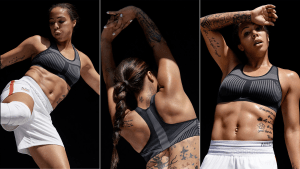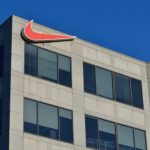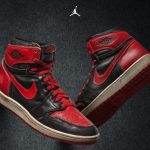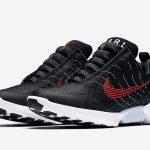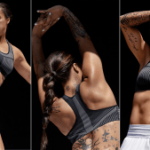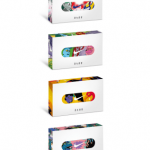How Nike Plans To Fight Off The Competition: “Knowing Female Athletes Better Than Anyone”
There was a time when Nike truly dominated the women’s sportswear market. Ten years ago, if you needed a new sports bra, you’d likely end up with one from Nike or just a handful of its competitors–Adidas perhaps, or Lululemon.
But these days, Nike is struggling to hold down its turf. While it is still a giant in the industry, generating $32.4 billion in global revenue last year, it appears to be losing market share to other big players in the market like Under Armour and Reebok. It’s also competing with a host of startups–like Outdoor Voices, Alala, and Ultracor–that have mushroomed in the wake of the cultural phenomenon known as “athleisure,” in which women are wearing trendy, designer yoga pants, and running tights out of the gym and into everyday life.
For Nike, this has spelled bad news: For the first time in eight years, it’s stock has been in decline. “We’re definitely seeing a lot of competition from big brands to small brands, all trying to connect with consumers in this space,” Amy Montagne, the general manager of Nike Women’s, tells Fast Company.
But Montagne has a plan. The way she sees it, Nike has two areas of competitive advantage: It has the resources to come up with the most technologically advanced products, and it has access to a vast network of focus groups that allow it to better understand what female consumers are looking for. “The thing that continues to ground us–and the thing we keep coming back to–is to deliver on high-performance innovation and knowing female athletes better than anyone,” Montagne says.
Under her leadership, over the last three years, Nike has been working on developing new products that carefully address very specific needs in the market. This week, for instance, Nike launches it’s most innovative sports bra to date, the FE/NOM Flyknit bra, which took two years of intense testing to produce.
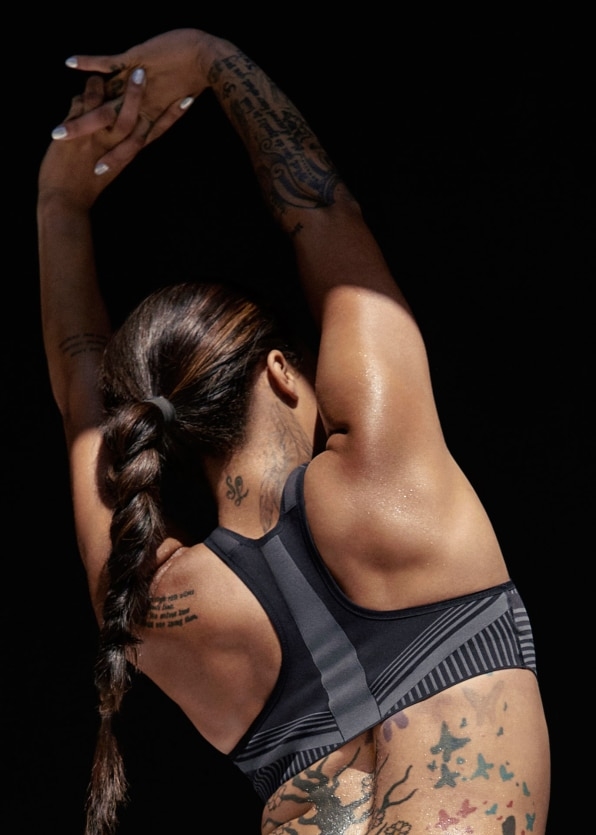
One of the key figures behind the bra is Nicole Rendone, a senior innovation designer within the women’s training division. She’s been at Nike for nearly two years and, prior to that, worked at Victoria’s Secret. “I’m obsessed with bras,” Rendone says. “My entire career has been about bras. I’ve always felt that finding the right undergarment can make a woman feel more confident, so I’ve made that my life’s work.”
When she arrived at Nike, there was talk of a new material that had the potential to change the game in the sports bra world: Flyknit. This material had been digitally engineered by Nike’s scientists about seven years ago. It’s a yarn made out of a very strong but extremely lightweight synthetic fiber. It was originally used in the Flyknit Racer shoe that was launched–to much fanfare–at the London Olympics in 2012. “We kept hearing athletes saying that they wished they could wear a sock to play their sport,” says Andy Caine, VP of footwear design, who oversaw the development of the Flyknit shoe. “Our dream was to create a shoe that sort of disappears on your foot but also cater to any needs your foot requires.”
The Flyknit shoe was an unmitigated success, causing Nike’s net income to spike by 40% in the three months after it was released. Two years ago, designers in the women’s division began tinkering with the Flyknit material to see whether it could solve some of the key problems women reported when it came to high-support bras. Through years of focus groups, Nike had discovered that women complained about chafing, constriction, and sweatiness.
This is partly due to the origins of sports bra design. Rendone, who studied this history at the Fashion Institute of Technology, explains that the first bras were focused on keeping the breasts tightly compressed, then over time designers developed cups to encapsulate each breast. But most women still find this too restrictive. “In high-support bras, you’ll often find wires, stabilizers, thick straps, seam bindings,” Rendone says. “All these things need to be sewn on, which adds distracting bulk and chafing. But with Flyknit, we’re able to knit in this shaping, encapsulation, and compression in a single layer.”
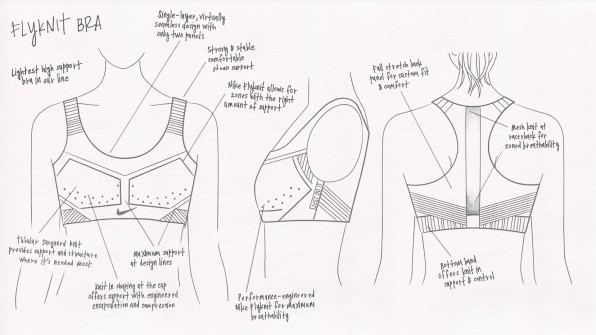
The final Flyknit bra, which launches today, is knit as a single layer of material. It has only two panels, in contrast to other high-support bras in the Nike arsenal, which are constructed from up to 41 pieces and 22 seams. This bra weighs only 73 grams, which is 30% less than any other bra within Nike’s line.
This new product was, in many ways, a response to direct feedback from the Nike’s consumers. Montagne and her team are constantly gathering data from customers. And she means this literally. “We have teams placed in cities all across the world that are engaging with consumers,” Montagne says. “I also travel around to these key markets to get feedback firsthand. We’re talking to women every single day.”
Nike has representatives planted in athletic teams ranging from the high school level to professionals. They’re also gathering insights from women who work out at gyms and attend studio classes. Nike also gets plenty of valuable feedback from its large contingent of sponsored athletes, who are invited to come to Nike’s facilities to be studied by researchers. Nike uses these sessions to develop products that will help each individual athlete perform to her best ability, but designers also take these findings into account as they create products for the mass market.
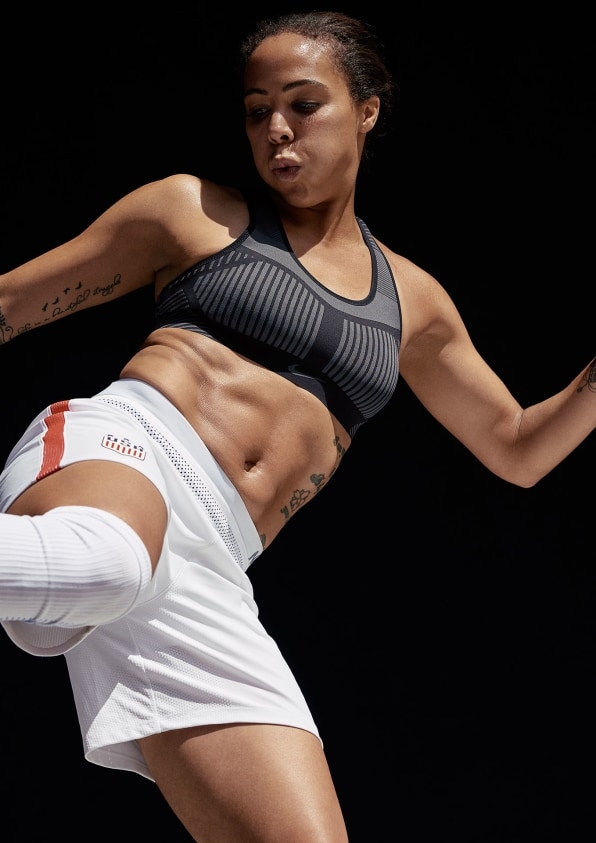
These conversations with athletes have spurred several of Nike’s recent products. The company discovered, for instance, that plus-size women were unsatisfied with the range of products Nike was offering. “We weren’t delivering a full-fitness wardrobe for them or delivering on style the way we could,” Montagne says.
Until recently Nike had made only a few key styles and colors in extra-large sizing, but starting last holiday season, it expanded its plus-size offerings and by the spring, more than 200 items were available from 1X to 3X. It also featured plus size model Paloma Elsesser wearing a sports bra in an advertising campaign. Of course, Nike’s focus on inclusivity dovetails with larger cultural movement: Designers have been including more diverse models on the runway and ads.
From interactions with women in the Middle East, Nike discovered that there was a pressing need for an athletic hijab. Many women felt hindered by their long draped head coverings as they worked out–others didn’t do sports at all because they felt it would be impossible with a hijab. So, with the help of several pro athletes, Nike began conceptualizing a moisture-wicking, fitted hijab that would not be a distraction during physical activity.
Montagne believes that the key to ensuring that Nike stays relevant to female consumers is to keep churning out products that they really need. And unlike smaller brands, Nike has better access to customer feedback and has the ability to create brand-new products from scratch in a short amount of time. But will this be enough to keep Nike on top?
It’s unclear. The activewear industry has changed for good. Startups are popping up every day, making the market busier and more crowded than ever. Giants like Nike are unlikely to be able to dominate as they once did. Montagne believes that it is a fool’s errand to try to compete with all of these new players. Instead, she urges her team to focus on the few areas in which Nike already excels. “It’s not to say that we don’t understand the competition is there,” she says. “It’s that we need to focus on our own potential.”
In a market flooded with trendy yoga pants and designer sports bras, Nike is working harder than ever to serve the female athlete.
There was a time when Nike truly dominated the women’s sportswear market. Ten years ago, if you needed a new sports bra, you’d likely end up with one from Nike or just a handful of its competitors–Adidas perhaps, or Lululemon.
Fast Company , Read Full Story
(60)

